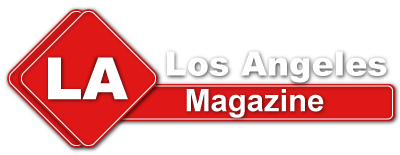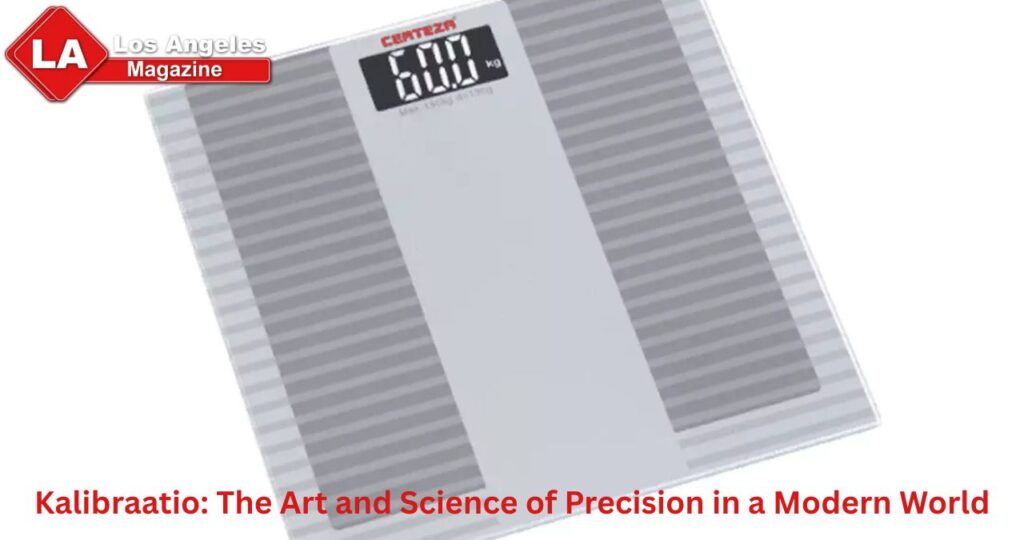In an era where data drives decisions and machines rule industries, accuracy isn’t just a luxury — it’s a necessity. Behind every correct measurement, smooth operation, and reliable result lies a silent hero: kalibraatio.
Derived from the Finnish term for calibration, kalibraatio refers to the act of adjusting, verifying, and fine-tuning instruments and devices to ensure their output matches a recognized standard. It is the invisible process that powers the integrity of laboratories, manufacturing units, aerospace systems, and even everyday gadgets.
Let’s dive deep into what kalibraatio truly means, its role in various fields, how it’s done, and why it matters more than ever today.
What is Kalibraatio?
At its core, kalibraatio is the process of comparing the readings of a device or instrument with a standard measurement, then adjusting the device if necessary. Think of it as giving your measuring tools a reality check — are they really telling you the truth?
Whether it’s a blood glucose meter, a thermometer, a scale, or a gas sensor, every instrument drifts out of accuracy over time due to environmental changes, wear and tear, or usage. Kalibraatio ensures these tools stay trustworthy.
Why Is Kalibraatio So Important?
Ignoring calibration is like trusting a broken compass. The smallest error can snowball into massive consequences depending on the context.
1. Safety Comes First
In industries like aviation, healthcare, or chemical processing, a miscalibrated device can result in catastrophic outcomes. For example, if a pressure gauge in an airplane is even slightly off, it could lead to structural failure.
2. Regulatory Compliance
Most industries are governed by quality control standards such as ISO, ANSI, ASTM, or FDA guidelines — all of which require regular kalibraatio to remain compliant.
3. Cost-Efficiency
Errors cost money. Uncalibrated instruments can lead to rejected batches in manufacturing, wastage of resources, or legal fines. Regular kalibraatio reduces these risks significantly.
4. Scientific Accuracy
In research, precision is everything. Kalibraatio ensures the validity of experimental data, giving scientists confidence in their results.
How Kalibraatio is Performed
Kalibraatio follows a systematic process, typically consisting of:
- Selection of Standard: Choose a reference instrument with known accuracy and traceability to international/national standards.
- Measurement: Measure the same quantity using both the instrument under test and the reference.
- Comparison: Calculate the difference (if any) between both readings.
- Adjustment: If the difference exceeds allowable tolerance, adjust the instrument.
- Documentation: Record calibration results in a certificate for traceability and quality audits.
In advanced systems, software may automate most of this process.
Common Tools That Need Kalibraatio
Here are examples of tools and devices across various industries that require regular calibration:
- Laboratory: Spectrophotometers, pipettes, centrifuges
- Industrial: Pressure gauges, flow meters, torque wrenches
- Medical: ECG machines, thermometers, infusion pumps
- Consumer: Weighing scales, home glucose meters, speedometers
- Construction: Laser levels, tape measures, moisture meters
Even the sensors in your smartphone benefit from kalibraatio during manufacturing!
Types of Kalibraatio
Different devices measure different variables, so calibration varies accordingly:
• Electrical Calibration
For voltmeters, ammeters, signal analyzers — to ensure correct voltage, resistance, or current readings.
• Mechanical Calibration
For equipment that measures force, mass, torque, or dimensions.
• Thermal Calibration
Used for devices like ovens, freezers, and thermocouples that rely on accurate temperature control.
• Chemical Calibration
For pH meters, gas analyzers, and lab chemistry instruments.
• Optical Calibration
Used in devices measuring light intensity, like lux meters or spectrometers.
Digital Transformation in Kalibraatio
Technology is transforming how calibration is done:
★ IoT and Smart Calibration
IoT-connected devices can now self-monitor their calibration needs and alert users when recalibration is required.
★ Cloud-Based Calibration Logs
Cloud storage enables calibration data to be stored securely and accessed globally for audits, maintenance, or diagnostics.
★ AI-Powered Predictive Calibration
AI can predict when an instrument is about to deviate from standards and initiate preemptive calibration, avoiding downtime.
Kalibraatio Challenges in Modern Industry
Despite its importance, kalibraatio is not without obstacles:
- Costly Equipment: High-precision calibrators and standards are expensive.
- Skill Requirement: Proper calibration requires trained professionals.
- Negligence: In many small businesses, calibration is either delayed or ignored completely.
- Environmental Sensitivity: External factors like temperature and humidity can affect calibration outcomes.
To counter these, many companies are now outsourcing kalibraatio to certified third-party labs.
Kalibraatio vs. Adjustment vs. Verification
Let’s clear a common confusion:
- Kalibraatio compares and records deviation — it doesn’t always involve fixing it.
- Adjustment means modifying the instrument to correct its error.
- Verification is just checking if the instrument is within acceptable range, without making changes.
So, kalibraatio is more about knowing the truth — adjustment is about fixing it.
When Should You Perform Kalibraatio?
There’s no one-size-fits-all answer, but common triggers include:
- Scheduled intervals (e.g., every 6 months or annually)
- After repairs or major use
- When results seem off or suspicious
- After any physical damage or relocation
- Before major testing or certification
Understanding Kalibraatio
Kalibraatio is a Finnish term that translates to “calibration” in English, and it plays a critical role in scientific, industrial, and technical fields. The process of Kalibraatio involves comparing measurement instruments or systems with a known standard to ensure accuracy and reliability. Whether in laboratories, manufacturing plants, or healthcare settings, precise calibration guarantees that equipment performs correctly and delivers consistent results. Without proper Kalibraatio, even small errors can lead to significant issues in quality control, safety, and efficiency.
Importance of Kalibraatio in Modern Applications
In today’s technology-driven world, Kalibraatio is essential for maintaining high standards across industries. From ensuring accurate medical test results to improving the performance of machines in engineering, calibration is the backbone of dependable operations. Regular Kalibraatio not only minimizes risks of faulty measurements but also extends the life of equipment by keeping it in optimal working condition. For companies and professionals, following strict calibration schedules ensures compliance with international standards and builds trust in the quality of their work.
Conclusion
Kalibraatio may not be glamorous, but it’s the quiet backbone of accuracy in our world. Whether it’s ensuring a life-saving medical dose or crafting a perfectly fitting aircraft part, calibration is essential for trust, quality, and safety.
In today’s high-tech world, where every second and every decimal point matter, ignoring kalibraatio is like flying blind. It is no longer just a technical process; it’s a strategic necessity.
So the next time you rely on a machine, a measurement, or a data point — remember, its reliability began with one simple, powerful act: kalibraatio.



